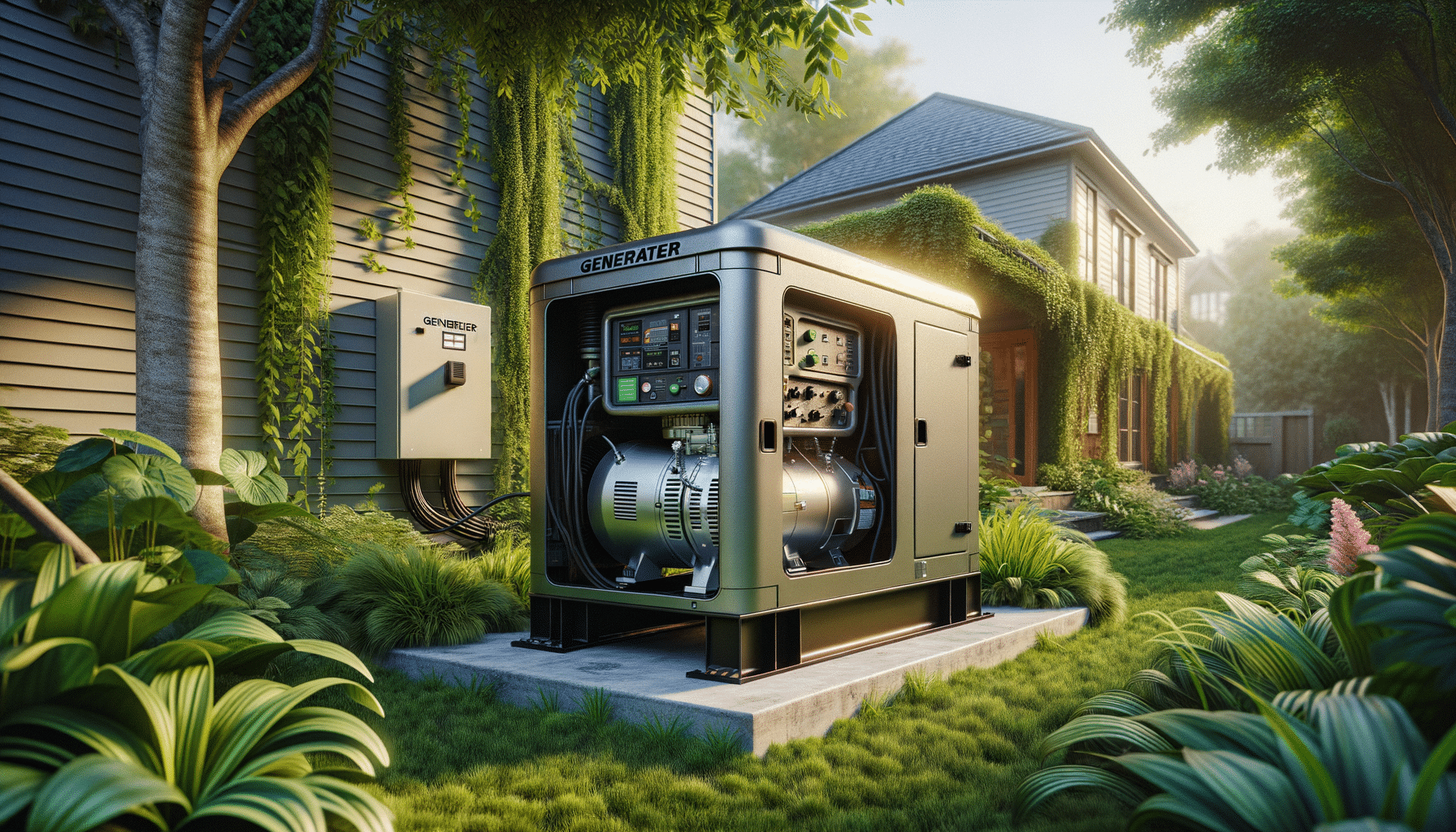
Comprehensive Guide to Whole-Home Generator Installation
The Importance of Backup Power
In an age where power outages can disrupt daily life and business operations, backup power systems have become essential. Whether due to severe weather conditions, infrastructure failures, or unforeseen emergencies, losing power can have significant consequences. For homeowners, this means potentially losing perishable food, enduring uncomfortable temperatures, and risking security system failures. Businesses, on the other hand, may face operational downtime, data loss, and financial setbacks.
Backup power systems, such as generators, serve as a reliable solution to these challenges. They provide an immediate source of electricity, ensuring that essential appliances and systems remain operational during outages. Generators are particularly beneficial in areas prone to harsh weather or where power stability is a known issue. By investing in a backup power source, individuals and businesses can safeguard against the inconveniences and risks associated with power loss.
It’s important to evaluate the specific needs and circumstances when considering backup power options. Factors such as location, typical power usage, and budget will influence the choice of system. For many, a whole-home generator offers a comprehensive solution, providing peace of mind and uninterrupted power supply.
Understanding Home Generators
Home generators are devices designed to supply electricity during a power outage. They come in various sizes and configurations, catering to different power needs and preferences. Typically, generators can be categorized into portable and standby types, each with its own advantages and considerations.
Portable generators are versatile and can be moved to different locations as needed. They are often used for temporary power needs, such as during camping trips or short-term outages. However, they require manual setup and fuel refills, which may not be convenient during extended outages.
Standby generators, on the other hand, are permanently installed and automatically activate when a power outage is detected. These generators are connected to the home’s electrical system and can run on natural gas or propane, providing a seamless transition during power loss. Standby generators are ideal for ensuring continuous power supply to critical systems, such as heating, cooling, and security systems.
When selecting a home generator, it’s essential to consider factors such as power capacity, fuel type, and installation requirements. Consulting with a professional can help determine the most suitable generator for specific needs and ensure proper installation and maintenance.
Steps for Installing a Whole-Home Generator
Installing a whole-home generator involves several critical steps to ensure safety and efficiency. The process begins with assessing power needs to determine the appropriate generator size. This involves calculating the total wattage required to run essential appliances and systems during an outage.
Once the generator size is determined, selecting a suitable location for installation is crucial. The generator should be placed on a stable surface, away from windows and doors to prevent exhaust from entering the home. It’s also important to comply with local zoning regulations and obtain necessary permits before installation.
After selecting the location, a professional electrician can connect the generator to the home’s electrical system. This involves installing a transfer switch, which ensures a safe and seamless transition of power during an outage. The transfer switch isolates the generator from the utility power, preventing backfeeding and potential hazards to utility workers.
Finally, testing the system is essential to ensure everything functions as expected. Regular maintenance, including oil changes and inspections, helps keep the generator in optimal condition, ready to provide backup power when needed.
Safety Considerations for Generator Use
Safety is a paramount concern when using generators, as improper use can lead to hazardous situations. One of the most critical safety measures is ensuring proper ventilation. Generators produce carbon monoxide, a colorless and odorless gas that can be deadly if inhaled. It is vital to install generators outdoors, away from enclosed spaces, and to use carbon monoxide detectors in the home.
Another safety consideration is the handling and storage of fuel. Fuel should be stored in approved containers and kept away from the generator to prevent fire hazards. It’s also important to refuel the generator only when it is turned off and has cooled down to avoid accidental ignition.
Regular maintenance and inspections by qualified professionals can help identify potential issues before they become serious problems. This includes checking the generator’s electrical connections, fuel lines, and overall condition.
By following these safety guidelines, homeowners can ensure the reliable and safe operation of their backup power systems, providing peace of mind during power outages.
Conclusion: Ensuring Reliable Backup Power
In today’s world, where power stability cannot always be guaranteed, having a reliable backup power system is more important than ever. Whole-home generators offer a robust solution, ensuring that essential systems and appliances remain operational during outages. By understanding the types of generators available, the installation process, and safety considerations, homeowners can make informed decisions that best suit their needs.
Investing in a whole-home generator is not just about convenience; it’s about protecting your home and family from the challenges posed by unexpected power loss. With proper planning and professional installation, you can enjoy uninterrupted power supply and peace of mind, knowing that your home is equipped to handle any outage.


